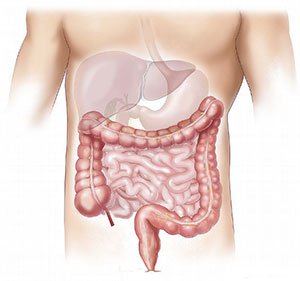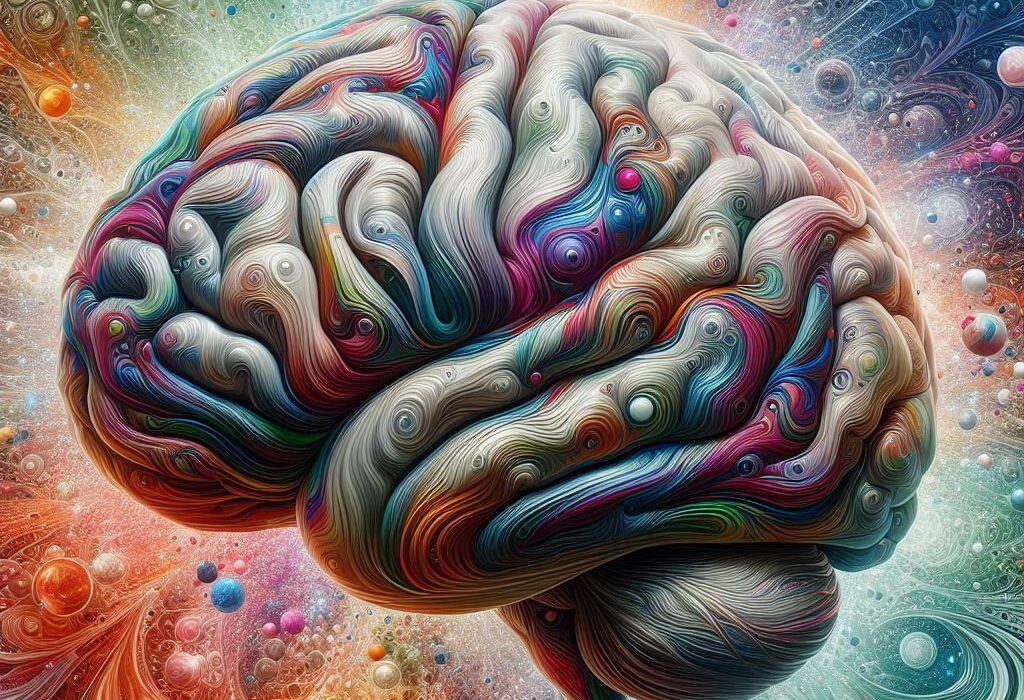Imagine this: You take a pill for your headache, then another for your allergy, and maybe a daily medication for high blood pressure. Harmless on their own, right? But when these drugs mix inside your body, they might start talking to each other—sometimes in friendly, helpful ways, and sometimes with dangerous consequences. This invisible conversation between chemicals is what scientists call “drug interactions,” and understanding this complex interplay could mean the difference between relief and risk.
Every pill, cream, or injection is a carefully engineered chemical compound. When you put more than one into your body, it’s like hosting a cocktail party inside your bloodstream. Some guests get along splendidly, enhancing each other’s effects. Others clash, causing unintended and sometimes severe outcomes. Welcome to the intricate, invisible world of pharmacological diplomacy—the science of drug interactions.
In this article, we’ll unravel how and why drugs interact, the types of interactions that exist, why certain combinations can be fatal, and what you can do to stay safe. This isn’t just for pharmacists or physicians—this is essential knowledge for anyone who has ever popped a pill.
The Body’s Drug Processing System: How Medications Work
To understand drug interactions, you need to grasp how your body handles medication. Once you swallow a pill or inject a substance, it doesn’t just magically work—it undergoes a journey known in pharmacology as ADME: Absorption, Distribution, Metabolism, and Excretion.
Absorption occurs in the digestive tract, where the drug passes into the bloodstream. Distribution spreads it throughout the body, targeting specific tissues or organs. Metabolism usually takes place in the liver, where enzymes break the drug down into active or inactive forms. Finally, excretion eliminates the waste products, mainly through urine or feces.
The liver plays a starring role here. It’s like the customs officer of your body’s airport—inspecting, modifying, and deciding what stays and what goes. Most importantly, the liver is full of special enzymes, particularly the cytochrome P450 family, which are responsible for metabolizing most drugs. This is where many interactions begin.
When Chemicals Collide: Defining Drug Interactions
Drug interactions occur when the presence of one drug affects the action of another. Sometimes this is planned, as in combination therapy. But often, it’s an unintended effect that can alter how well the drugs work—or make them dangerous.
There are three primary categories of drug interactions: pharmacodynamic, pharmacokinetic, and pharmaceutical.
Pharmacodynamic interactions happen at the site of action—when two drugs influence each other’s effects directly, like boosting sedation when a sleeping pill is combined with alcohol.
Pharmacokinetic interactions occur during ADME—one drug might slow down how another is metabolized, increasing its concentration and effects (or toxicity).
Pharmaceutical interactions, on the other hand, happen before the drugs even enter your body. For instance, mixing incompatible drugs in a syringe might cause them to precipitate out or degrade.
The Cytochrome P450 System: The Chemical Traffic Controller
The cytochrome P450 enzyme system is central to many drug interactions. Found in the liver and intestines, these enzymes metabolize roughly 75% of all medications. Different drugs can act as inducers (speeding up enzyme activity), inhibitors (slowing it down), or substrates (being processed by the enzyme).
Let’s say you’re taking Drug A, which is broken down by a particular enzyme, CYP3A4. If you add Drug B, which inhibits CYP3A4, Drug A’s breakdown slows down, leading to higher concentrations in the blood. This could result in exaggerated effects or toxicity.
Grapefruit juice is a classic example. It inhibits CYP3A4, meaning that drugs like statins or certain blood pressure medications could build up to dangerous levels. Who would have guessed that your morning juice could turn your medicine into a hazard?
Common Drug Interactions: What Happens When Meds Mingle
Certain drug interactions are well-known and extensively studied because they occur frequently and have potentially serious outcomes.
Take warfarin, a blood thinner. It’s highly sensitive to interaction. Antibiotics like metronidazole or erythromycin can increase warfarin levels, risking severe bleeding. On the flip side, some anti-seizure medications reduce its effectiveness, potentially leading to clot formation.
Another notorious pair is MAO inhibitors (used for depression) and foods rich in tyramine (like aged cheese). This combination can cause dangerous spikes in blood pressure, sometimes leading to strokes.
Even over-the-counter (OTC) medications aren’t innocent. Combining NSAIDs (like ibuprofen) with blood pressure meds may reduce the antihypertensive effect. Taking antacids with antibiotics like tetracycline can block their absorption, making the antibiotic ineffective.
These aren’t just random cases—they’re proof that even common medications, when mixed improperly, can cause chaos.
Over-the-Counter and Herbal Products: The Hidden Dangers
OTC drugs, vitamins, and herbal supplements might seem safe because they don’t require a prescription. But they can be just as potent when it comes to interactions.
St. John’s Wort, for instance, is used to treat mild depression. But it’s a strong inducer of liver enzymes, meaning it can reduce the effectiveness of birth control pills, antidepressants, and even HIV medications.
Calcium supplements can bind with antibiotics like ciprofloxacin in the stomach, preventing absorption. Antacids might interfere with the pH required for certain drugs to dissolve properly.
Even something as innocent as caffeine can amplify the effects of stimulant medications or mask fatigue, encouraging overuse. Natural doesn’t mean neutral—and unregulated supplements often come with unknown or unlisted ingredients that can interact unpredictably.
Drug-Food Interactions: A Delicious Complication
Not all interactions come from drugs. Sometimes, food itself can play a surprising role in how medications work.
As mentioned, grapefruit juice is a potent enzyme inhibitor. But did you know that high-fat meals can increase absorption of some drugs while delaying others? Taking medication on an empty stomach might hasten its effect—or reduce its efficiency if the drug needs fat to dissolve.
Green leafy vegetables are rich in vitamin K, which can counteract the effect of warfarin. Dairy products can bind with certain antibiotics, rendering them useless. Tyramine-rich foods combined with MAO inhibitors can provoke a hypertensive crisis.
It’s a delicate balance—your diet can help your medication or undo it entirely.
Age, Genetics, and the Personalized Puzzle
Drug interactions aren’t the same for everyone. Age plays a massive role. Older adults are often on multiple medications (polypharmacy), and their liver and kidney functions may be diminished. This increases the risk of adverse drug interactions.
Children are a different story. Their bodies metabolize drugs differently, sometimes faster, sometimes slower. Dosing must be carefully adjusted.
Then there’s genetics. Some people are “poor metabolizers,” with genetic variations that reduce the activity of certain enzymes. Others are “ultra-rapid metabolizers,” who process drugs too quickly. These differences can dramatically influence how a person responds to medications—and whether they’re more or less vulnerable to interactions.
Pharmacogenomics—the study of how genes affect drug response—is paving the way for personalized medicine. One day, your doctor might tailor your prescriptions based on a DNA swab.
Polypharmacy and the Elderly: A Risky Combination
Polypharmacy, the use of multiple drugs simultaneously, is common among older adults. With aging populations worldwide, this presents a growing concern. The more drugs a person takes, the greater the chance they will interact, and not always predictably.
The Beers Criteria, a list of potentially inappropriate medications for the elderly, was developed to help manage this risk. But even with such guidelines, real-life scenarios are messy. An elderly patient might be on blood pressure meds, anticoagulants, diabetes drugs, antidepressants, and painkillers—all interacting in subtle, sometimes harmful ways.
Drowsiness, dizziness, confusion, or falls may be misattributed to aging itself rather than drug interactions. Regular medication reviews, deprescribing unnecessary drugs, and communication between healthcare providers are essential in reducing these risks.
The Role of Pharmacists and Healthcare Professionals
Doctors prescribe, but pharmacists are the unsung heroes of medication safety. They are the final checkpoint, the guardians at the gate who can spot potential interactions before they happen. Pharmacists routinely flag drug interactions, counsel patients, and adjust dosages or schedules to minimize risks.
Electronic medical records and prescription software often include interaction checkers. But technology has limitations. Clinical judgment is still essential. For example, a flagged interaction may not be dangerous at the prescribed dose—or may require monitoring rather than avoidance.
Effective communication between patients and healthcare providers is crucial. Always disclose all medications you’re taking—including OTC drugs and supplements—and don’t be afraid to ask questions.
Emerging Solutions: Technology and AI in Interaction Management
In an age where our phones can recognize faces and cars can drive themselves, technology is also revolutionizing how we manage drug interactions. AI-driven platforms are being developed to analyze a patient’s entire drug regimen in real time, flagging potential conflicts, side effects, and dosage issues.
Apps like Medisafe or Drugs.com offer interaction checkers for everyday users, empowering patients to take control of their health. Meanwhile, hospitals are implementing AI tools into electronic health records to preemptively catch harmful combinations.
Wearable devices and smart pillboxes can monitor adherence and alert users if a dangerous combination is detected. This isn’t just futuristic hype—these tools are already saving lives by catching errors and optimizing therapy.
Real-Life Consequences: When Interactions Turn Deadly
Sadly, the consequences of drug interactions aren’t just theoretical. They can be fatal. Cases of serotonin syndrome, a potentially life-threatening condition caused by excessive serotonin, have occurred when patients unknowingly took two serotonergic drugs, like SSRIs and certain migraine medications.
Bleeding events from combining NSAIDs with anticoagulants, heart rhythm disturbances from QT-prolonging drug combinations, or liver damage from acetaminophen taken with alcohol—all are real, documented events.
These stories underscore the need for vigilance. Drug interactions can be silent until it’s too late. Education, communication, and careful management are the keys to prevention.
Staying Safe: Practical Tips for Patients
What can you do to protect yourself from drug interactions?
Start by keeping a complete and updated list of all your medications, including over-the-counter products and supplements. Share this list with every healthcare provider you see.
Ask your doctor or pharmacist about potential interactions, especially when starting a new drug. Follow instructions carefully—if a drug should be taken with food, or on an empty stomach, it matters.
Use one pharmacy if possible, so your medication records are consolidated. Consider using interaction checker apps, but don’t rely solely on them.
And most importantly, never stop or start a medication without professional advice. What seems like a simple decision could unravel a delicate biochemical balance.
Conclusion: The Power of Awareness
Drug interactions are a silent force within our bodies, an invisible tug-of-war between chemicals vying for dominance, harmony, or survival. They can heal or harm, amplify or silence, depending on a myriad of factors: timing, dosage, age, genetics, diet, and the presence of other substances.
Understanding drug interactions isn’t just for scientists—it’s for everyone who’s ever filled a prescription, taken a vitamin, or sipped grapefruit juice while on meds. Awareness can prevent complications. Knowledge can save lives.
We live in a world where medical science is more advanced than ever, yet human biology remains exquisitely sensitive. The science of drug interactions is a testament to that complexity. And the more we learn, the better we can navigate this chemical jungle—not with fear, but with informed caution.
The next time you reach for your medicine cabinet, remember: every pill has a story, and sometimes those stories intertwine. Make sure they tell a tale of healing—not harm.






